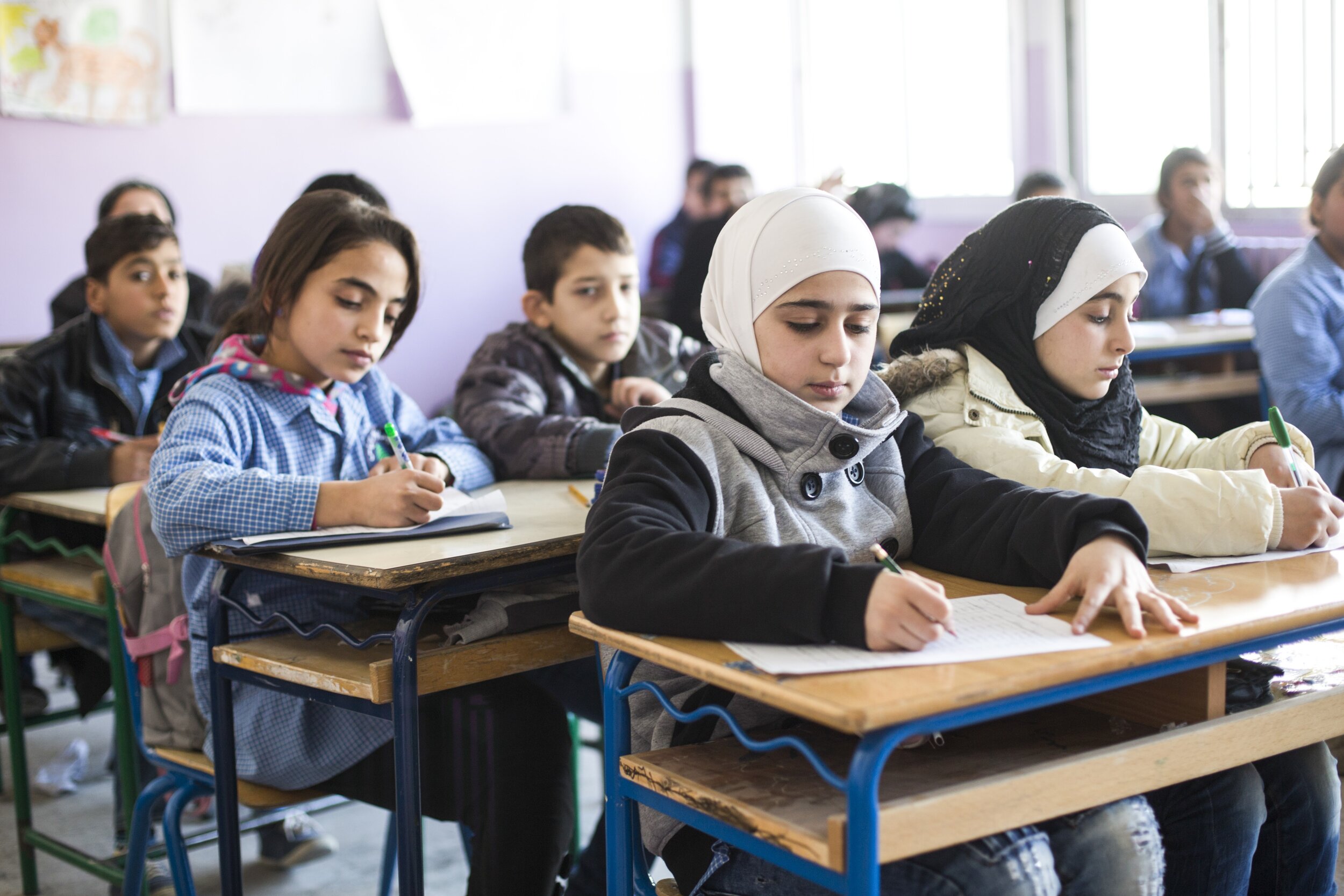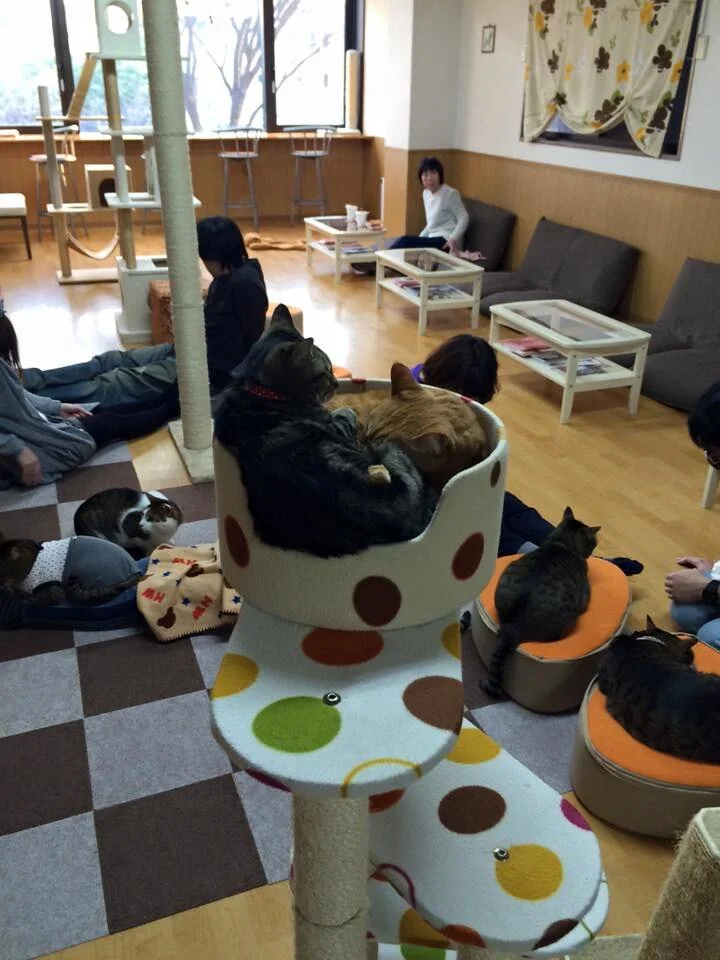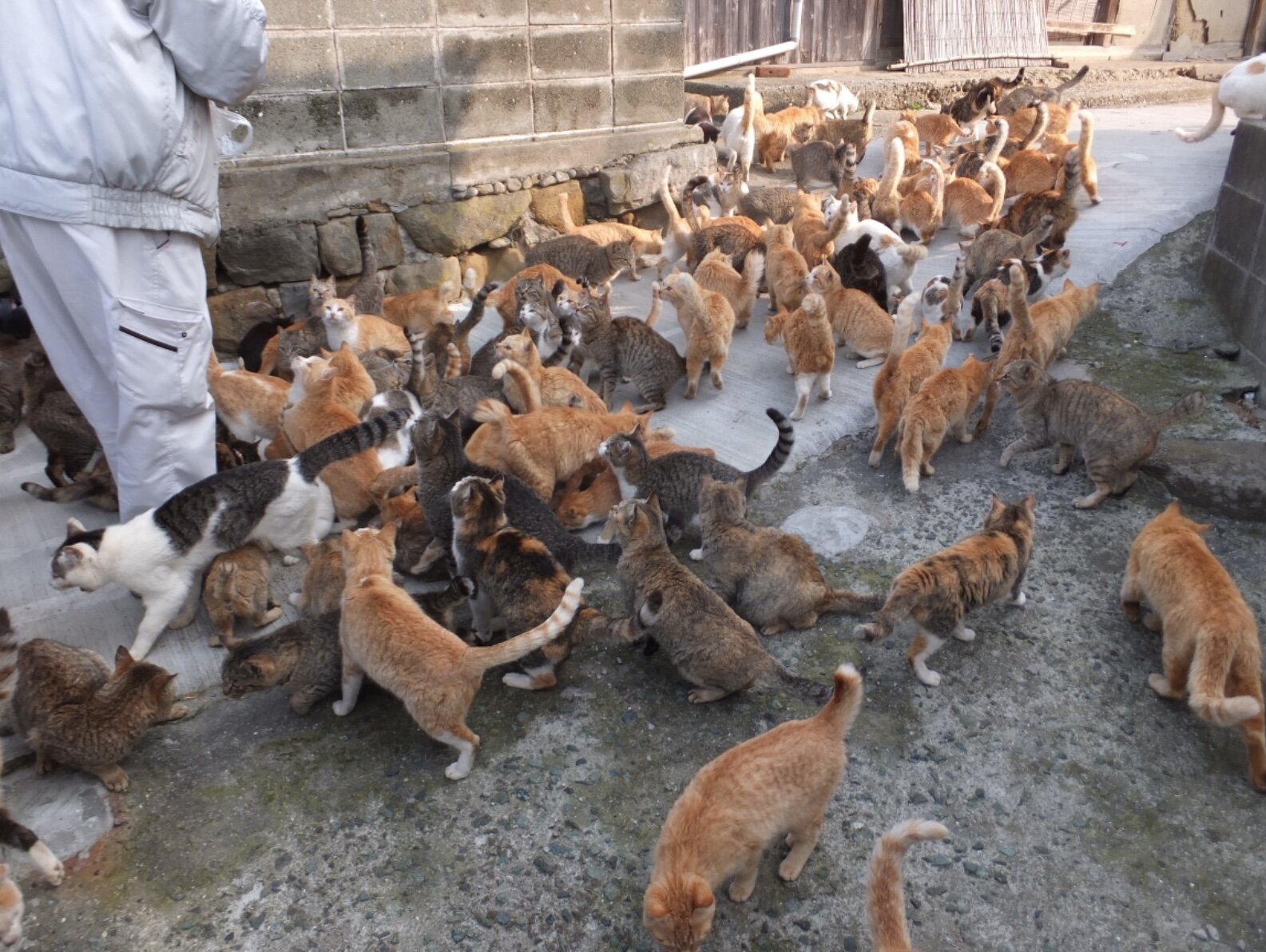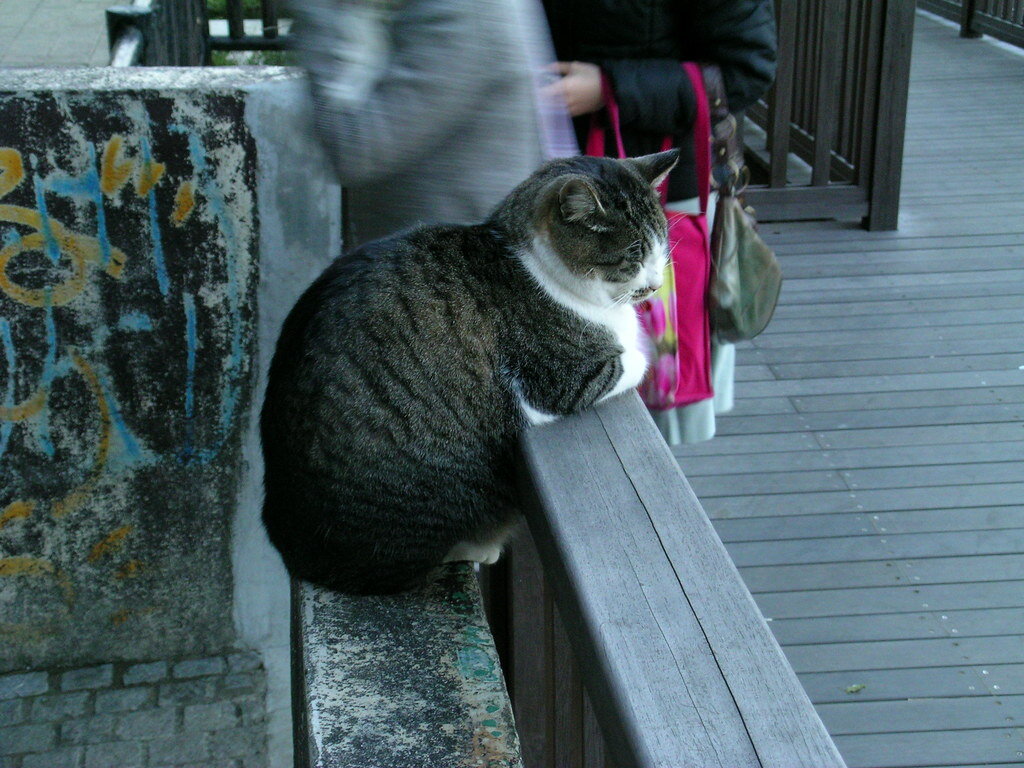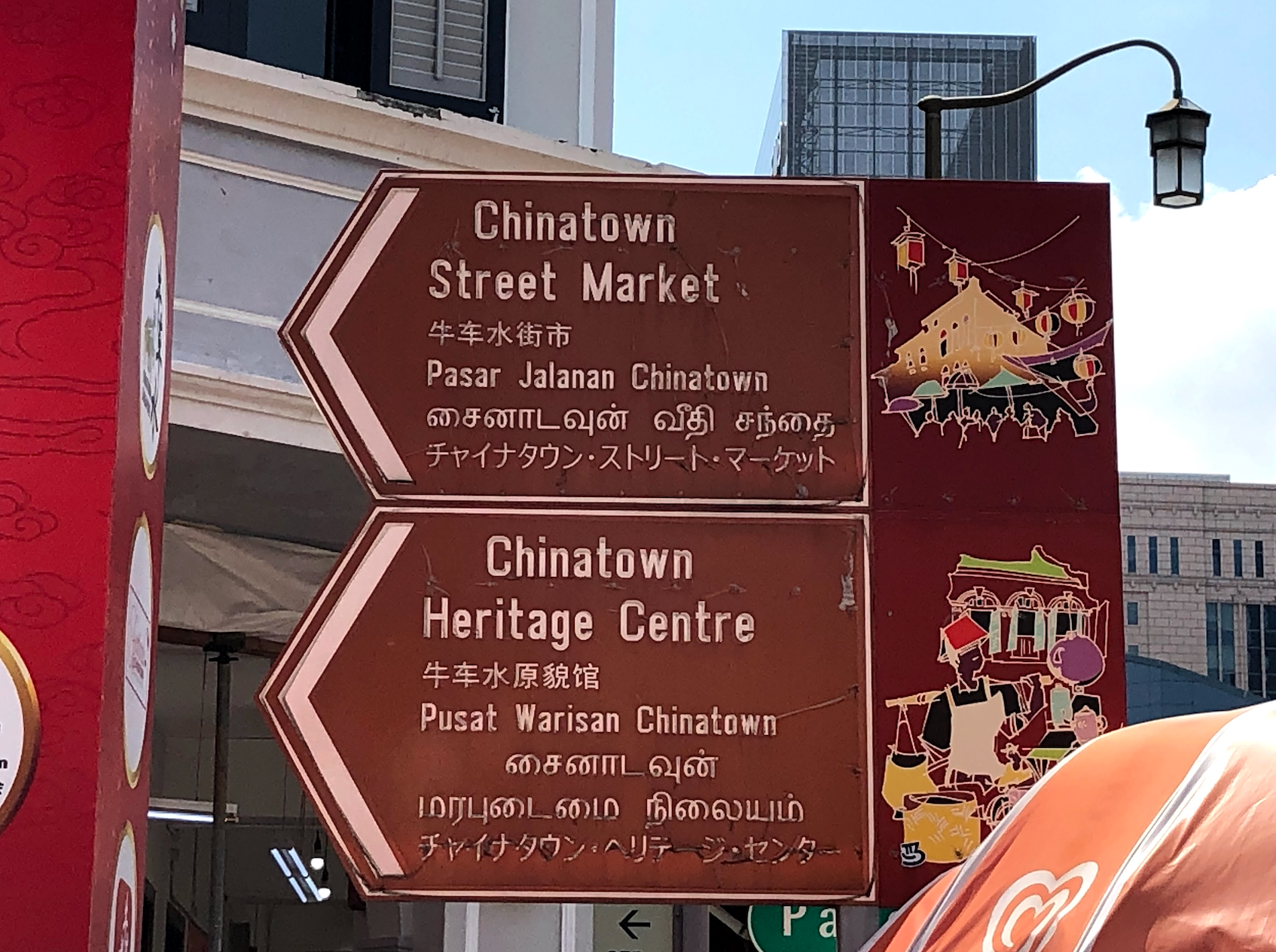On March 8, Pakistani women’s rights activists took to the country’s streets for the Aurat March, which celebrates International Women’s Day and advocates for better treatment. The organizers of the protest immediately experienced backlash from the Taliban.
Pakistani woman sitting with friends. Vicki Francis. CC BY 2.0
Pakistani women, despite the presence of the Taliban in the country, still organized and marched on International Women’s Day. The Aurat March included pushing for accessible health care, basic economic rights and equal opportunities for women. After the marches, the Taliban posted a forbidding statement: “We want to send a message to those organizations who are actively spreading obscenity and vulgarity in our beloved Pakistan. Fix your ways.” The Taliban accused participants in the Aurat March of insulting Islam. The group falsified photos and videos, signifying that protesters held the French flag.
The social media organizer for the Aurat March in Karachi responded to the Taliban’s accusations of “obscenity and vulgarity” on Twitter: “Their attempts do not and will not deter us. We will continue to organize and speak out against the violence we are subject to. We will continue to build political power and fight back.”
Pakistan was ranked the world’s fourth worst-performing country when measuring women’s well-being and empowerment in their homes, communities and societies, according to the 2020 Women, Peace and Security Index. At least 28% of women aged 15 to 49 have experienced physical violence, according to the Pakistan Demographic and Health Survey. In the same survey, 40% of men agreed that it was acceptable to beat one’s wife under certain circumstances. With no national data for comparison, the scale of the violence against Pakistan’s women is difficult to gauge with other countries.
The fight for women’s rights in Pakistan is not new. In 1983, over 200 women marched on the Lahore High Court in protest against former Gen. Zia ul-Haq’s discriminatory laws. In 1979, Zia enacted the Hudood Ordinance, which required four male witnesses for an accusation of rape. Under this same ordinance, women who filed accusations of rape without without the proper witnesses could be sent to jail for adultery.
In December 2020, President Arif Alvi signed into law an anti-rape ordinance that approved the speedy trial of rape cases with women and children as victims. The ordinance also include the creation of a countrywide registry of sex offenders. The law came months after a rise in social outcry across Pakistan because of a motorway gang-rape incident.
Inequalities are still seen between men and women in Pakistan through lower literacy rates, lesser wages and a smaller representation in government. Pakistan ranked 151 out of 153 countries on global gender parity, according to the World Economic Forum’s Global Gender Gap Report 2020.
Despite the adversities facing women in Pakistan, they continue to organize and push for sweeping changes. In the words of Aurat March Karachi’s social media organizer, “Merely existing is a radical act of resistance.”
Kyla Denisevich
Kyla is an upcoming senior at Boston University, and is majoring in Journalism with a minor in Anthropology. She writes articles for the Daily Free Press at BU and a local paper called Urban Media Arts. Pursuing journalism is her passion, and she aims create well researched multimedia stories which emphasize under-recognized narratives to encourage productive, educated conversation.






































